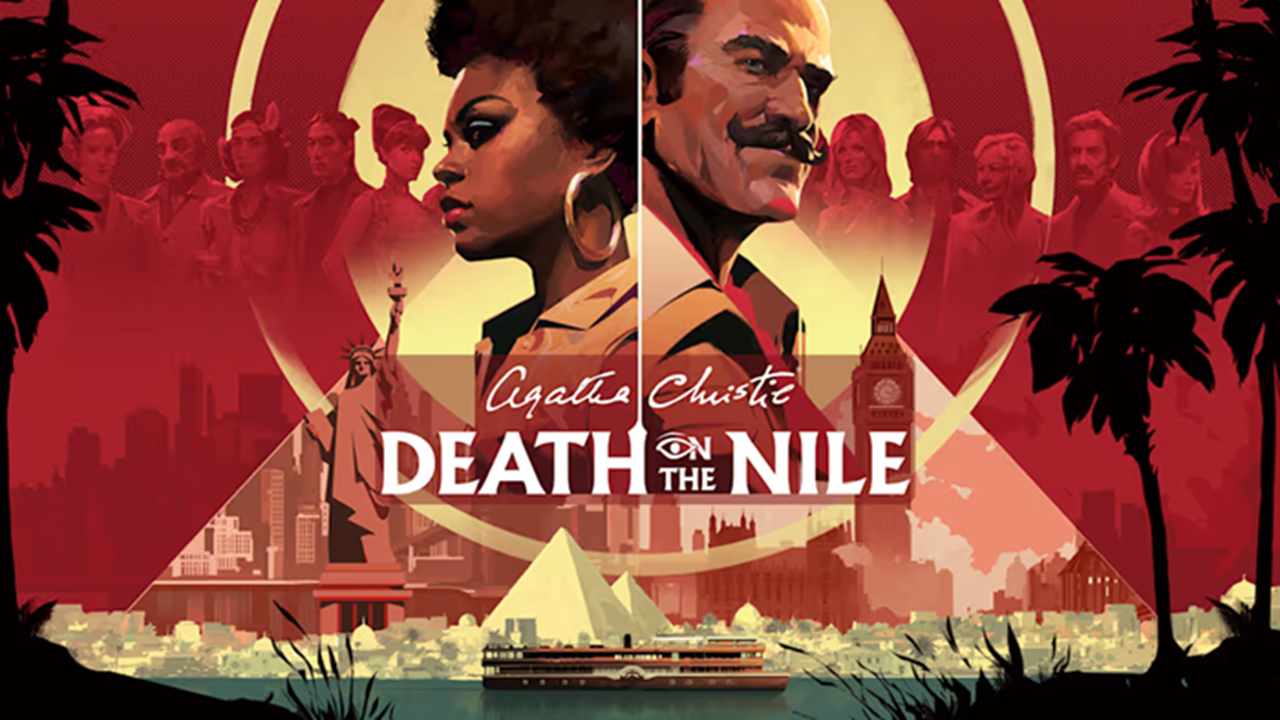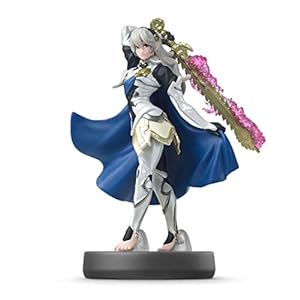
Star as Hercule Poirot in Microids Agatha Christie – Death on the Nile. But not the portly, shorter Poirot you’re used to — this version of the retired Belgian detective is surprisingly tall and svelte, yet he’ll still have you exercising your “little grey cells” in classic, faithful fashion. That is, once you switch off the default “Story” difficulty. Seriously, why not let players pick their challenge level from the start? But I appreciate the considerate options.
Despite being something of a Christie fan, having read many of her books and played many of the video game adaptations, Death on the Nile is a bit of a mystery to me. This makes the ’70s setting less jarring to me than it might be for others. While Christie was still writing in the early ’70s, the novel whose title this game shares was already decades old by then. I’m unsure if this game takes inspiration from the ’70s film adaptation (which I’ve yet to see), but perhaps it doesn’t matter. That is, unless you’re hung up on how Poirot’s fashion sense translates to the decade that style and taste forgot.
Say what you will about the change of setting, but the devs really embraced it in a fun way. Right from the start at a discotheque, Poirot is arrayed in a white jacket with wide lapels. Later, he’s clad in an ascot, fashionable for the time. I got a real kick out of simple exploration, navigating a representation of a time I wasn’t even alive for. The titular Nile, of course, plays a big part later in the game. But before that, you’ll be navigating the back alleys of the Bronx or an upscale home in Majorca, just a few locations. Whether seeing a Pong machine at a bar, or a sunken living room bathed in the glow of an illuminated waterfall panel, you’re consistently reminded of the ’70s. And this game does a very effective job of making smaller enclosed areas feel much bigger than they actually are.
Even though it’s a ’70s setting, the soundtrack is varied (it’s not just tunes from the “Disco Fever Syndicate”). Even with some chapters being several hours long, the variety means you won’t be reaching for the mute button. There’s even a jukebox (part of the museum extras) where you can listen to tracks. The bigger audio strength is, arguably, the speech, but I’ll discuss that more shortly. Overall, the soundtrack complements the gameplay, enhancing the atmosphere (mysterious mid-’70s), making long chapters genuinely enjoyable.
It’s still a tale of betrayal, theft, and murder, but now Poirot isn’t flying solo. A parallel story has you controlling Jane Royce, a private detective and Poirot fan. This tale adds content to what can be a surprisingly long game. It also introduces unique mechanics, such as running, stealth segments, and several choices that can alter the game. The times when these characters share a location fare best. But when the game alternates between chapters that star them alone, it can make built momentum come skidding, not to a stop, but definitely to a slower pace. I think a more thoughtful approach (perhaps giving the option to play Joyce’s plot separately) would’ve been advantageous. Because while I was generally quite fine with this addition, my wife (who was playing alongside me) was less forgiving. She’s read the book and seen the films, so perhaps that’s indicative that this game (or at least the Royce chapters) will fare better for those coming in fresher.
A key feature in Death of the Nile is the “Mindmap”. It’s a visually crowded board where facts you’ve acquired connect, and you can make observations and deductions to move the present mystery along. We found it a bit cumbersome initially. Sometimes we were well ahead of the leads, but couldn’t solve something to advance until the map was navigated just so. It’s workable, and we adjusted, yet it seems overly slow for such a defining gimmick, from a conceptual level down to its implementation in this game. A cleaner notebook-type setup might’ve been more beneficial, albeit robbing the game of some of its personality. But the fact that you can click wrong answers with seemingly no punishment might tempt those less driven to solve the mystery properly than we were. Perhaps this was to compensate for the weak hint system, which usually will restate the puzzle goal or tell you what you already know. But again, options are a good thing.
The game is at its best and brightest when talking to characters. I mentioned the strength of the vocals, and that applies to each of the main cast, of which there are many. These aren’t little snippets of speech, either. The well-written, vocal characters make the story engaging from the start, adding a level of charm that elevates this game above many other mystery adventures. The interactions flesh out the tale in enjoyable ways as you learn more about the various personalities, and even make some puzzles easier.
The puzzles themselves can be wildly hit or miss, disrupting the pacing occasionally. The fifth chapter, for instance, was primarily one long light puzzle (using mirrors to illuminate paths), and it felt like it was taken from another game. The seventh upped the ante with many smaller puzzles that again felt lifted from another product, often lacking context and, worse, enjoyment. It seemed like the devs eventually became more concerned with the quantity of puzzles than the quality. Some are, frankly, bad, feeling like they might be designed by a bad AI. When puzzles start yanking you out of the story and force you to suspend believability, you know the mark is being missed. And the less said about timed action puzzles, the better.
Still, overall, there are more hits than misses. It’s a nice step-up in content and quality from Microids’ published ABC Murders (not to be confused with the weak DS game from years earlier). And with optional collectibles and game-altering choices, there’s replayability that games like this tend to lack. So, don’t let the bad puzzles discourage you or take attention away from the stronger ones. When the puzzles work (which is more often than not), they’re genuinely satisfying and contribute to a rewarding sense of accomplishment.
Agatha Christie – Death on the Nile translates its ’70s setting into a fun audio-visual package. The mysterious characters (fully voiced) are well-developed, giving the game a page-turning quality. You’ll want to see them reach their conclusions, no matter the outcome. A few well-meaning but ultimately unfortunate choices knock the game down from great to just good, and I suspect this will fare less positively with Christie purists, given some of the liberties. But I think most players will get their money’s worth at $39.99, and the game’s replay value only sweetens the deal. The overall experience delivers an uneven, albeit high-quality, memorable mystery adventure.
Trending Products

Amiibo – Sephiroth – Super Smash Bros. Series










